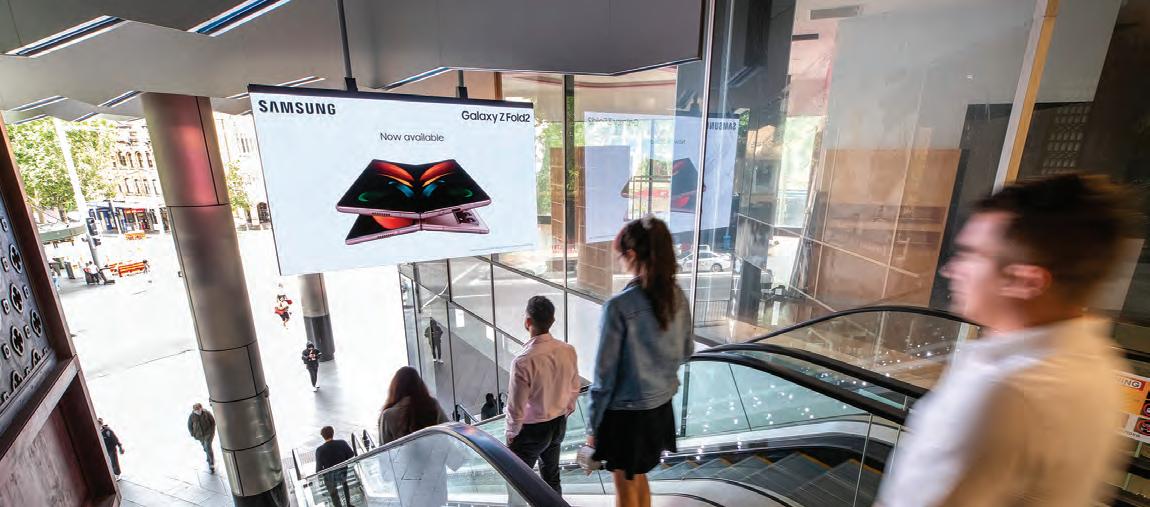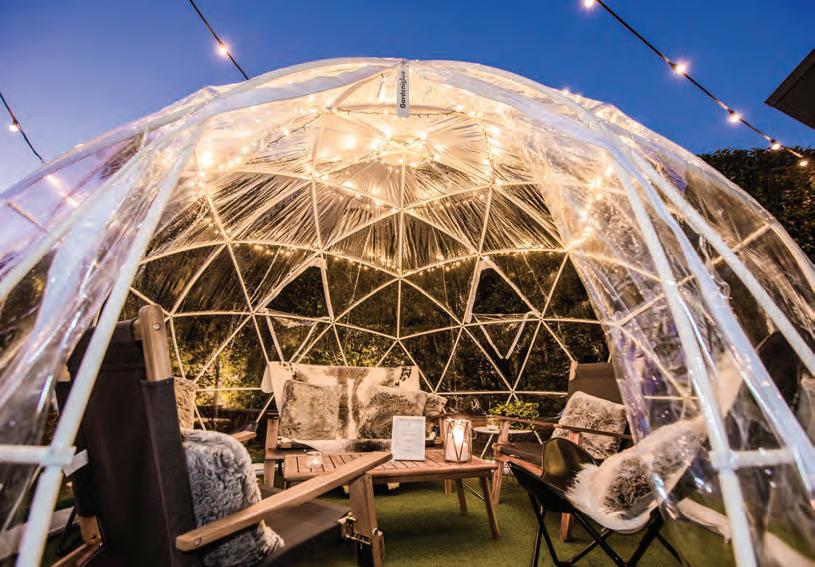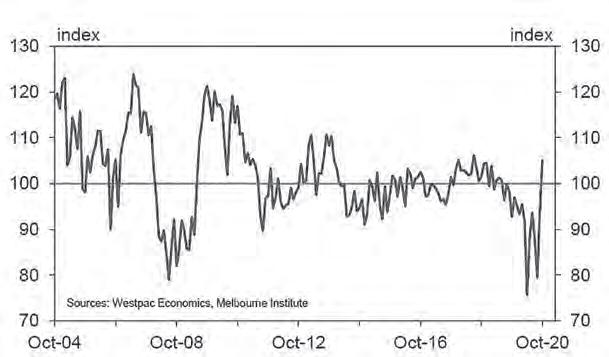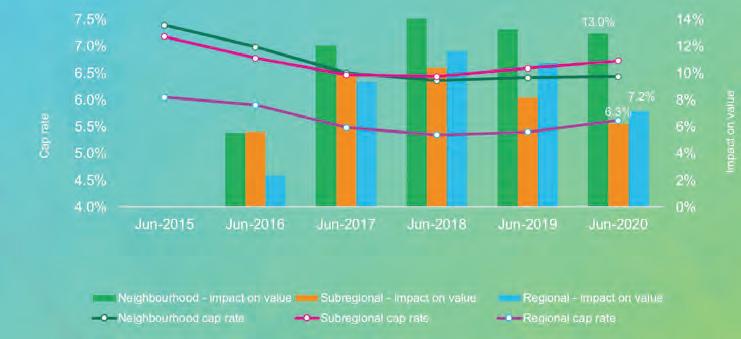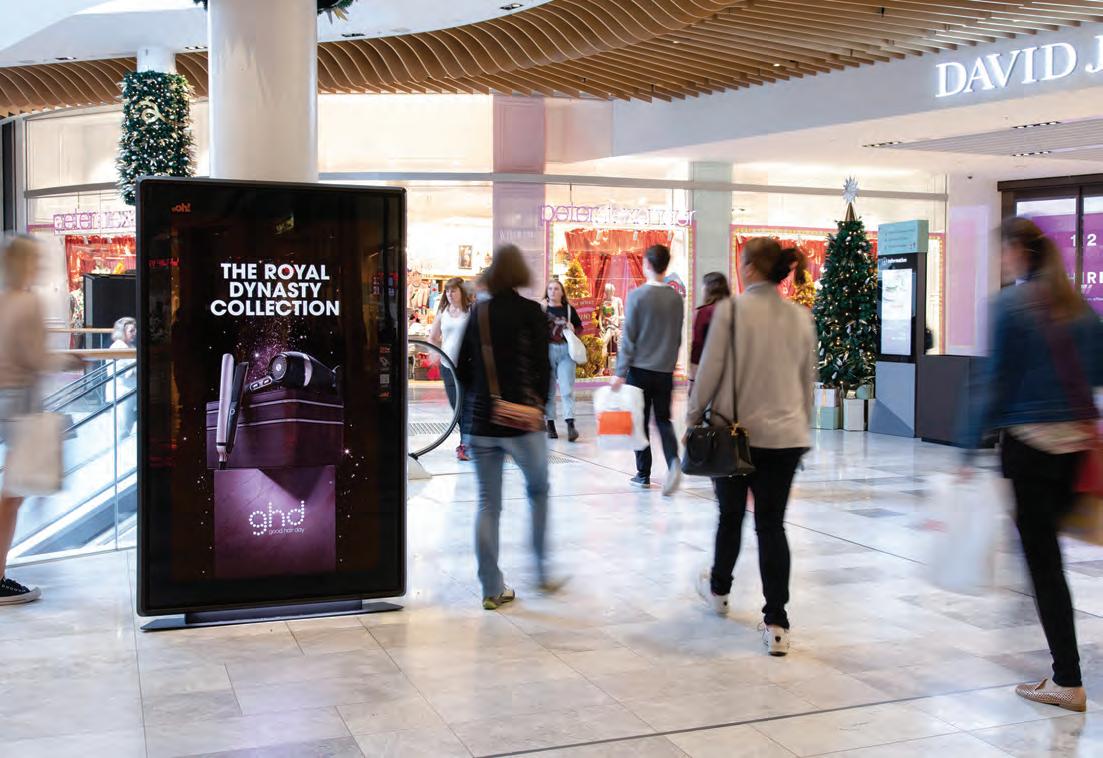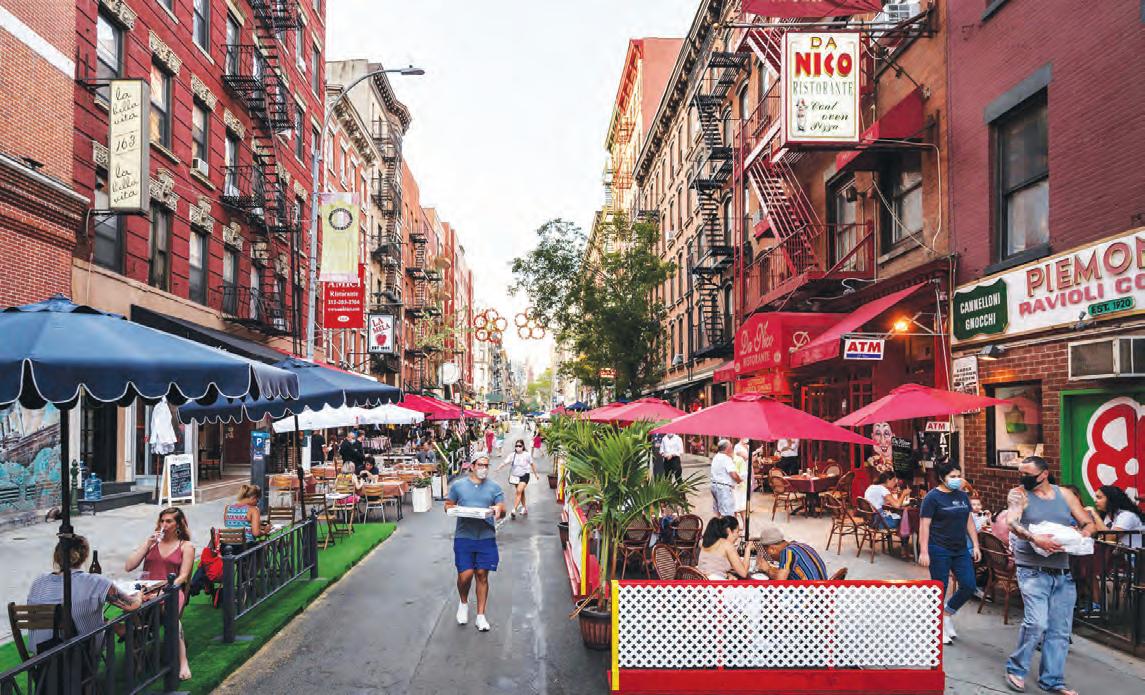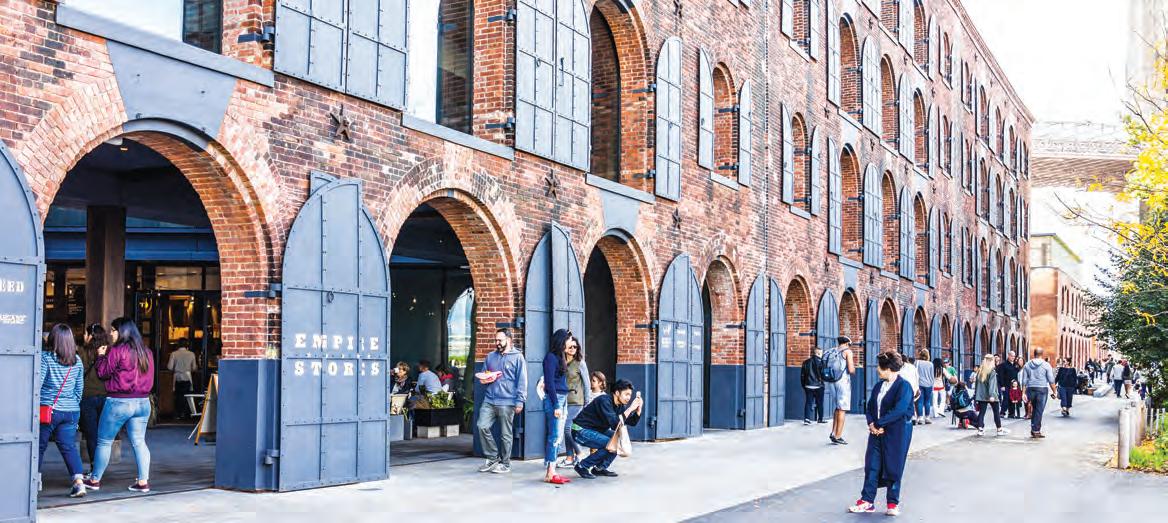
4 minute read
Design: The backfill dilemma
It wasn’t COVID-19 that started department store and DDS downsizing and closures, but it certainly has accelerated the trend. Everyone in our industry knows that creative leasing of vacant, larger spaces, will be a key to future shopping centre success. Tony Quinn looks at the opportunities…
The backfill dilemma design
Advertisement
department stores and major department stores and the added hit from COVID-19, retail landlords are facing a huge quandary. David Jones, Myer and Target, among others, are currently going through a huge rationalisation that includes store closures and reduced floorspace requirements.
It is the inevitable cycle in the wheel of retailing where new ideas and opportunities need to be created as the old ways die. It is the retail circle of life.
So what to do with the empty big box, or part thereof, and what opportunities are out there? Also, it’s not just big empty boxes that are concerning – it’s also about the surrounding speciality tenants that formed the precinct and relied on the foot traffic to the major. This can often require a whole rethink of a portion of a centre. The quick and easy fix is to get another discount retailer into the space. But the list is short. One relative new comer though on the up is TK Maxx out of the US with its simple buying philosophy of sourcing over produced or end-of-the-line items from top brands, swooping in, negotiating the lowest possible price and then passing the savings on. The company’s no-frills stores with no walls between departments allows it to expand or contract merchandise categories with ease. And of course minimal outlay is required from the landlord’s perspective.
The other completely obvious solution is to also consider a second or third supermarket in the centre and refocus to a convenience food offer. But this is about changing the paradigm – thinking outside the square – as they say. The US has been undergoing this dilemma for some years now and my research shows some opportunities that could work here in Australia.
Opportunities include the likes of big brand sports stores like adidas, Nike or our Rebel, and these could be combined with fitness centres as they have an obvious synergy. The other opportunity that could also combine with the above are medical and wellness centres, combining all of these together could fill that large empty box and create that whole new destination experience. In some US malls, they’ve backfilled empty big boxes with entertainment-oriented offers like ten pin bowling and indoor trampoline centres and skate parks, combining these with a family restaurant offer.
Funlab, the Australian operator of Strike Bowling, Holey Moley and Skyzone, falls into this category of delivering family TONY QUINN Principal
With the decline of both discount
Hames Sharley entertainment spaces. Other offerings include Red Herring, which is an escape room experience where you’re immersed in a real-life mystery, solving riddles, cracking clues all in 50 minutes to find the final exit and escape. They also have B Lucky & Sons, an arcade games and
bar offering, Jukes Karaoke Bar and Archie Brothers Cirque Electriq with dodgem cars, carousels and a virtual reality thrill ride. Combining these with a food offering is effectively what your local club offers. So why can’t a club take on the space, one would ask?
Another alternative is to bring in bulky goods tenants like Spotlight, Harvey Norman, Freedom Furniture and the like, to create lifestyle precincts and include a cooking school that uses equipment and products from the adjacent retailers to build the story. Bulky goods tenants are now paying rents similar to DDSs, and the attraction is a shopping centre’s greater foot traffic, which can generate greater sales for these retailers.
Other backfills to consider are co-working and education spaces.
I believe that due to a large part of the workforce having grown accustomed to working from home and avoiding long commutes, an opportunity exists, post pandemic, for organisations to provide their staff with work options close to home. Working from the dining room table won’t cut it long-term but the ability to work closer to home certainly has become very appealing. Hot desking is a no-no now in the workplace and with social distancing restrictions still in place, offices can fit fewer personnel per square metre.
The days of satellite offices are here to stay, and what better location can you find than a shopping centre with all the services at your fingertips? Throw an Officeworks into the mix for all your scanning and printing, stationery needs and so on, and you can create a serious business centre. Other education possibilities go from childcare centres up to colleges, Tafe and universities. Australian Catholic University, for example, has campuses in North Sydney and Strathfield in NSW and Ballarat in Victoria, so why not in a well-serviced retail centre location?
Back to the US, Marriott International has joined with the Simon Property Group, the US’s largest mall owner, to develop hotels to anchor their retail in prime locations.
Taking the accommodation offer even further, consideration could be given to hiving off big box land for build-to-rent or even vertical retirement villages, student housing or strata residential development.
Having shops and services with transport hubs below would certainly be convenient as a place to live.
Top Ryde City centre in Sydney models this scenario exactly.

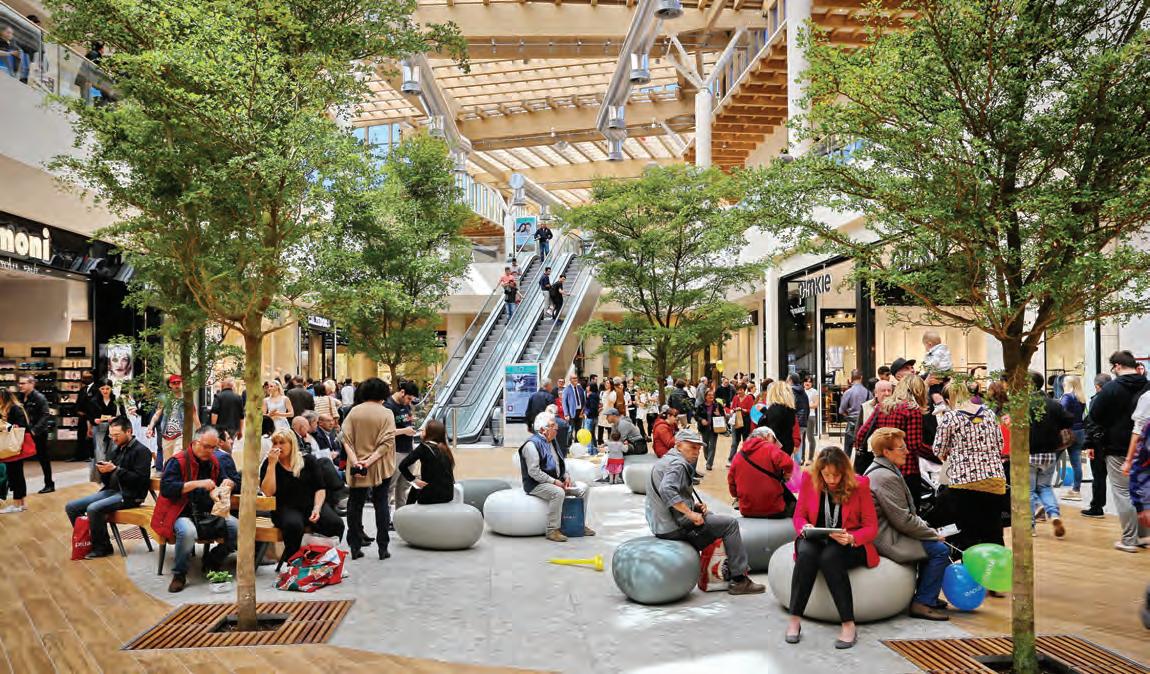
Having multiple aspects of daily life connected is, after all, what we’re all striving to achieve. So this mixed-use model is now becoming the norm rather than the expectation. SCN

